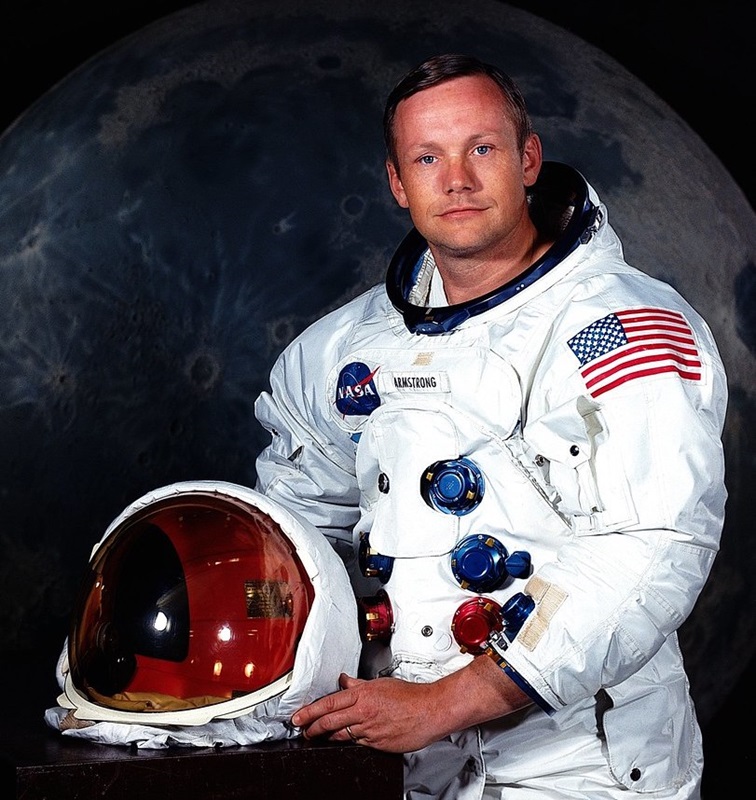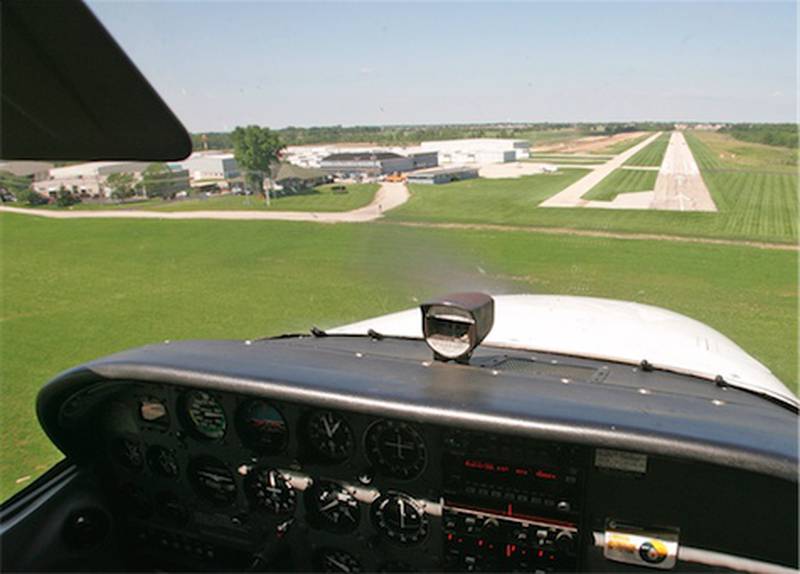Crystal Lake Airport (now Lake in the Hills) was a sleepy airport serving local pilots about 30 miles northwest of O’Hare. It housed a flight school with three trainers and a couple flight instructors.
Hangars on the field included one for my dad’s brand new Beechcraft Bonanza – the ultimate single-engine airplane of the time. Even though I had just learned to fly at the University of Illinois, I was now checked out in this beauty.

The airport office consisted of a simple reception room, a small space for ground school and a desk with a phone (used to call the FAA for weather and flight plans). During the day, there were always a few folks around – coming or going – or simply hanging out swapping lies. Evenings were pretty quiet.
Back in 1966, on one CAVU (ceiling and visibility unlimited) evening, the winds were calm. Perfect opportunity to practice take-offs and landings. And as a rookie pilot in a high performance light plane, I grabbed every chance to do just that.
Even though the weather was perfect, I needed to call and confirm that there weren’t any NOTAMs (NOtices To AirMen) about airport conditions. But the phone was busy.
The other pilot in the room was planning his flight to Houston. Wow. I had never flown more that 75 miles from home. This was going to be cool. Having listened to a detailed briefing on all the weather between Crystal Lake and Houston, he began to file his flight plan. I was all ears – I didn’t want to miss a word.

It can be filled out on paper and handed to a briefer (almost never done any more)
or read to the briefer over the phone.
Item by item he read the information:
- Type: IFR (longer trips are often flown under Instrument Flight Rules)
- Aircraft ID: the number on the side of the plane
- Aircraft Type: Beechcraft Bonanza – just like my dad’s
- True airspeed: 170 knots
- Departure point: XTL (Crystal Lake Airport)
- Departure time: 0120Z (GMT time – 7:20 PM local)
- Cruising altitude: 10,000ft
- Route of flight: Direct
- Destination: Houston
- Est. Time Enroute: 4:35
- Remarks: None
- Fuel on board: 5:30
- Alternate Airport: None required
- Pilot’s Name: Neil Armstrong
- Number on board: 1
- Color of aircraft: I don’t remember

A mere three years later, Neil Armstrong set foot on the surface of the moon – the first human being to do so. In that flight planning room I unknowingly had a brush with history. Still gives me chills more than fifty years later.
